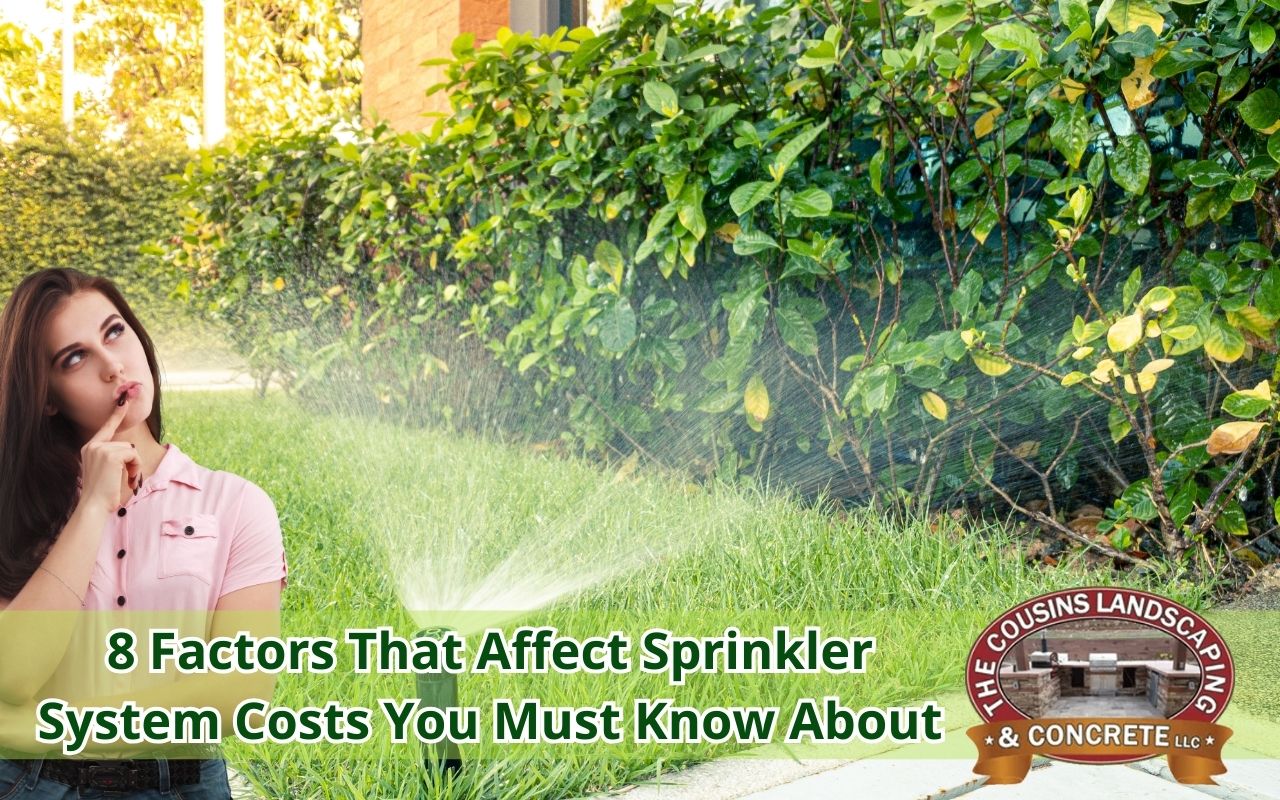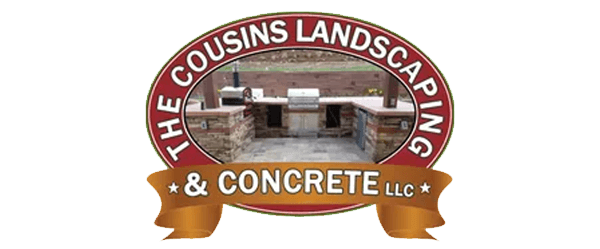
Whether you nurture a lush garden or maintain a vibrant lawn, understanding sprinkler system costs is essential. These factors guide smart investments. Costs involve more than numbers; they depend on design, installation, and environmental demands. By knowing these details, you make informed decisions. Explore the following insights and improve your irrigation planning. For expert support, visit our services page.
Sprinkler System Type Options and Costs
Choosing a sprinkler system type directly influences sprinkler system costs. Spray heads suit smaller lawns but cover limited space. Rotors fit medium yards with even water distribution. Drip irrigation works best for beds and shrubs, reducing runoff. High-tech systems with smart controllers save water long-term, though they increase initial expenses. In regions like Colorado, frost-free valves are vital. Learning these options helps balance efficiency with budget. For trusted guidance, explore our main page.
Installation Complexity and Labor Costs
Installation complexity greatly affects sprinkler system costs. Flat yards with sandy soil need less labor. Rocky soil requires special tools, raising expenses. Sloped properties demand careful design and pressure regulation. Permits, trenching depth, and utility access also influence time. Labor rates increase with added challenges. Consulting professionals ensures accurate planning. For tailored advice, connect through our contact page.
Impact of Yard Size on Sprinkler System Costs
Yard size has a direct effect on sprinkler system costs. Larger lawns need more zones, heads, and valves. More piping and trenching increase materials and labor. Smaller urban yards are simpler, requiring fewer parts. Calculating zones ensures accurate coverage. Proper design balances cost-efficiency and performance. Knowing how property size impacts expenses helps you prepare realistically and achieve a well-planned irrigation system.
Water Source and Supply Considerations
The water source matters when reviewing sprinkler system costs. Municipal water provides reliability but may include surcharges. Wells can save money but may require filtration. Low pressure requires pumps or tanks, adding expenses. Rainwater harvesting offers eco-friendly options but involves special piping. Considering these supply factors helps create a durable system. This analysis ensures consistent irrigation performance across different environments.
Quality of Materials and Equipment Costs
Quality materials strongly impact sprinkler system costs. Cheap pipes may crack under pressure or freeze damage. Higher-grade PVC or polyethylene lasts longer. Sprinkler heads also vary by durability and performance. Premium models offer adjustable ranges and corrosion resistance. While they cost more, they reduce future repairs. Investing in strong materials lowers long-term expenses and ensures water efficiency for your lawn.
Maintenance and Repair Costs Over Time
Maintenance plays a key role in overall expenses. Seasonal start-up and winterizing protect your system from damage. Regular inspections prevent leaks and blockages. Components like seals and valves wear out and require timely replacement. Investing in durable parts reduces service calls. Upgrading with new technology improves efficiency and lowers future costs. Therefore, consistent care keeps systems reliable and cost-effective.
Comparison of Initial Investment vs. Long-Term Savings
Initial outlays may be higher for efficient systems, but long-term savings balance the investment. Smart controllers reduce water waste, saving money over years. Basic systems are cheaper upfront but need frequent repairs. Comparing installation, usage, and maintenance highlights real value. Considering rebates and upgrades helps align financial goals with sustainability priorities. This approach ensures you benefit from both short and long-term perspectives.
FAQ: Sprinkler System Costs
What factors most affect sprinkler system costs? System type, yard size, water source, and material quality are the main influences.
How can I reduce expenses over time? Choosing durable materials and scheduling seasonal maintenance lowers long-term repair costs.
Do advanced systems justify higher costs? Yes, efficient systems reduce water use and save money in the long run.
Where can I find professional guidance? Visit our contact page for expert consultation.
Making Informed Decisions for Your Sprinkler System Investment
Understanding these factors empowers better planning for sprinkler system costs. Evaluate type, size, water source, and materials carefully. Consult professionals and review local guidelines. Balance short-term budgets with long-term efficiency. With careful planning, you achieve water savings, healthier landscapes, and economic value. Take action today by connecting with our team on the contact page.
